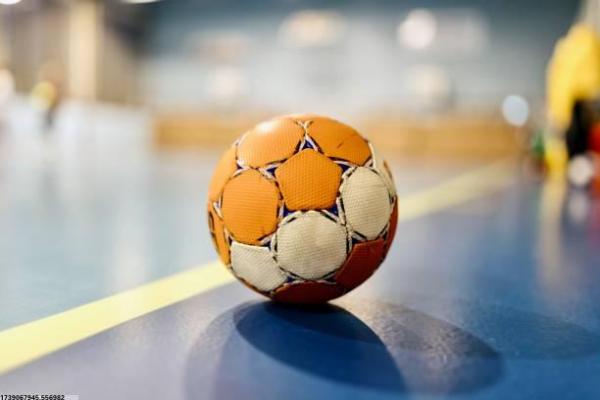

体育培训的英语课程可以按照以下步骤来开展:
1. 课程设计:首先,需要根据学生的年龄、英语水平和体育特长来设计课程。课程应该包括基础英语知识和体育专业术语的学习。
2. 教材选择:选择适合的英语教材和体育专业术语的教材。教材应该具有实用性和趣味性,能够激发学生的学习兴趣。
3. 教学方法:采用多种教学方法,如情景模拟、角色扮演、小组讨论等,让学生在轻松愉快的氛围中学习英语。
4. 实践活动:组织一些实践活动,如体育比赛、户外运动等,让学生在实践活动中运用所学英语。
5. 评估与反馈:定期对学生的学习进行评估,及时给予反馈,帮助学生提高英语水平。
6. 师资培训:对教师进行英语和体育专业知识的培训,提高他们的教学水平。
7. 跨文化交流:鼓励学生与来自不同国家的人交流,提高他们的跨文化交际能力。
8. 家长沟通:与家长保持沟通,了解学生的学习情况,共同促进学生的成长。
9. 考试与认证:可以设置一些考试和认证,如英语水平测试、体育专业术语测试等,让学生对自己的学习成果有一个客观的评价。
10. 持续改进:根据学生的学习情况和反馈,不断改进课程设计和教学方法,提高教学效果。
总之,体育培训的英语课程应该注重实用性和趣味性,让学生在轻松愉快的氛围中学习英语,提高他们的英语水平和跨文化交际能力。
With the increasing globalization and the growing importance of English in various fields, including sports, the need for specialized English courses tailored to sports training has become more apparent. This article aims to provide an overview of how to effectively conduct English courses specifically designed for sports training.
Before designing a sports training English course, it is crucial to understand the target audience. This includes identifying their level of English proficiency, their specific sports interests, and their goals for learning English. Are they professional athletes looking to improve their communication skills for international competitions, or are they recreational sports enthusiasts seeking to enhance their language abilities for travel and cultural exchange? Knowing this will help tailor the course content and teaching methods accordingly.
The content of a sports training English course should be practical and relevant to the sports context. Here are some key elements to consider:
Basic Vocabulary: Introduce essential sports-related vocabulary, such as equipment names, techniques, and fitness terms.
Grammar and Syntax: Focus on grammar structures that are commonly used in sports discussions, such as present continuous, past simple, and future perfect.
Listening and Speaking Skills: Incorporate activities that enhance listening comprehension and speaking fluency, such as watching sports videos, discussing match analyses, and role-playing scenarios.
Reading and Writing Skills: Provide reading materials like sports articles, player biographies, and training schedules, and encourage students to write reports, summaries, and letters related to sports.
Culture and Etiquette: Discuss the cultural aspects of sports, including sportsmanship, fan behavior, and international sports events.
Engaging teaching methods are essential to keep students motivated and make the learning process enjoyable. Here are some effective techniques:
Interactive Activities: Use games, role-plays, and group discussions to encourage active participation.
Technology Integration: Incorporate multimedia resources such as videos, podcasts, and online sports news to enhance learning.
Real-Life Contexts: Use real-life examples and case studies to make the content relatable and practical.
Feedback and Assessment: Provide regular feedback and assessments to monitor progress and adjust the teaching approach as needed.
Choosing the right materials and resources is vital for a successful sports training English course. Here are some suggestions:
Textbooks: Select textbooks that are specifically designed for sports English, such as \